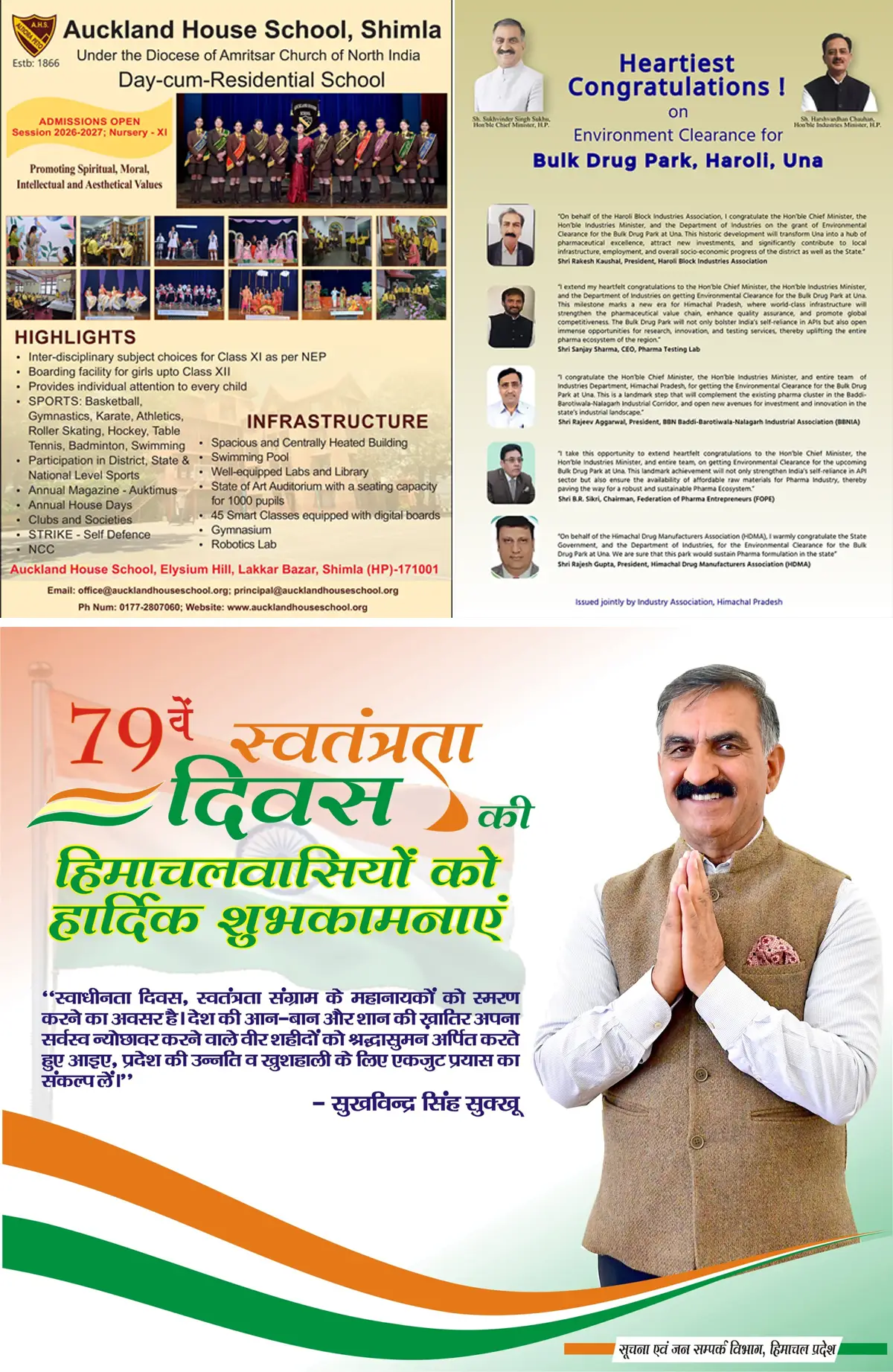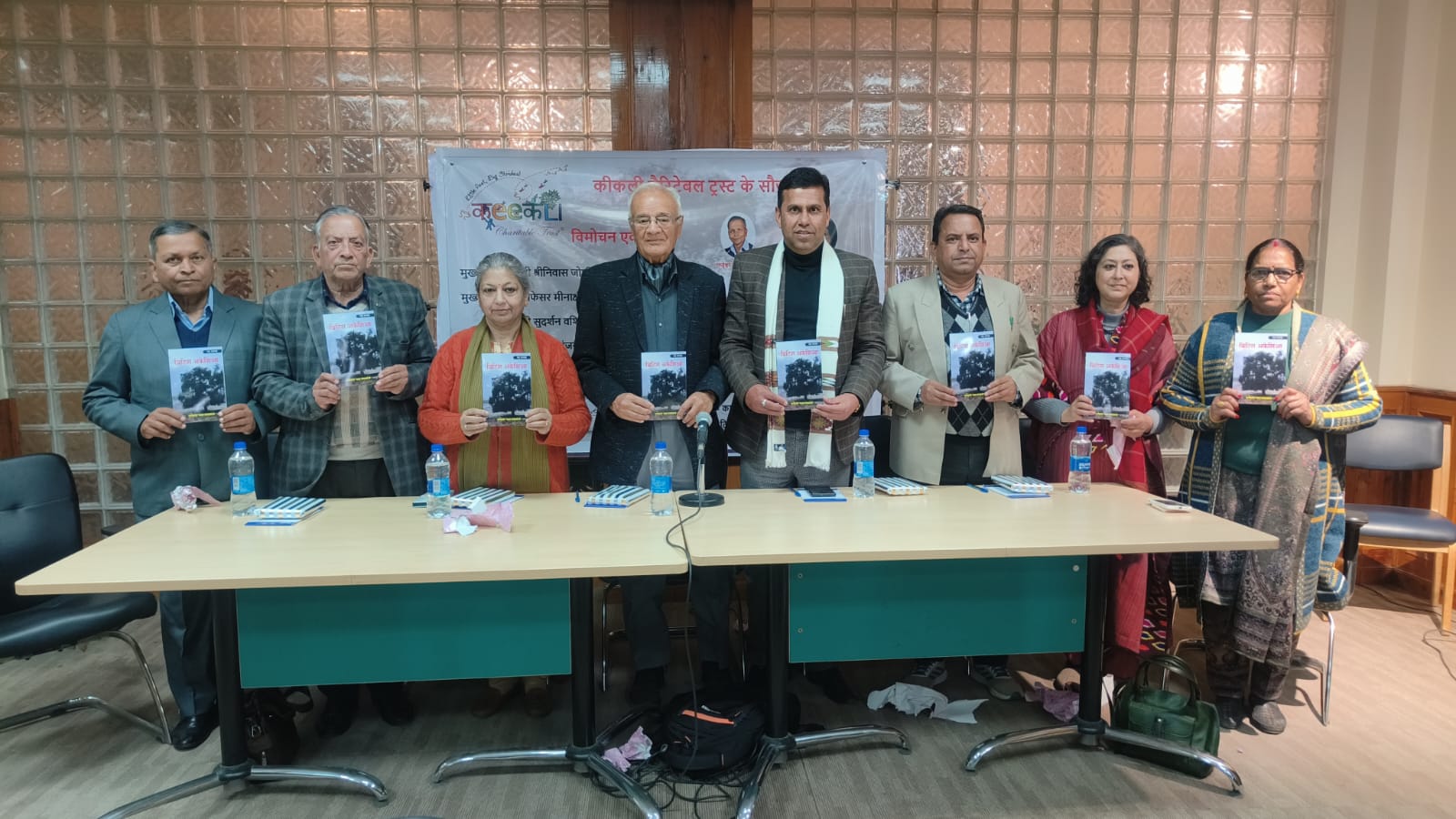Himachal Pradesh Government Launches Direct Dialogue Program with Public Officials in Rural Areas
2 min read
Shimla, January 17: In a distinctive move, the Himachal Pradesh government has initiated a program called “Sarkar Gaon Ke Dwar,” where, starting from January 17, all ministers, except the Chief Minister and Deputy Chief Minister, along with Assembly speakers, deputy speakers, CPS, and Cabinet-rank leaders from all 68 constituencies will engage in direct conversations with the public. The week-long program aims to address and resolve community issues on the spot.
Jagat Singh Negi, the Minister of Horticulture and Revenue, shared this information during a press conference at the Secretariat. He emphasized that this program would be entirely different from the Bharatiya Janata Party (BJP) government’s public forums. Unlike the previous government, there won’t be any public gatherings with arrangements for tea and snacks; instead, local residents will handle those logistics.
The objective of the program is to communicate the achievements of the Congress government in the past year directly to every household. Negi stated that over the past year, the central government has not cooperated, and the state BJP has not been supportive during times of crisis.
The “Sarkar Gaon Ke Dwar” program will be conducted in two phases. In the first phase, Chief Minister Sukhvinder Singh Sukhu, along with ministers, will visit Churah, Bhoranj, Badsar, Chintpurni, Gagret, and the Assembly constituency represented by Kuldeep Singh Pathania. In the second phase, Deputy Chief Minister Mukesh Agnihotri will visit Sarkaghat, Balh, Haroli, Una, Kutlehar, and other constituencies.
Ministers will visit different constituencies based on their portfolios. The program aims to strengthen the connection between the government and the people by directly addressing their concerns and resolving issues at the grassroots level. The ministers will also be accompanied by district-level officials during the visits to ensure a comprehensive understanding of local problems. Negi highlighted that the program’s success relies on the active participation and cooperation of local residents.






